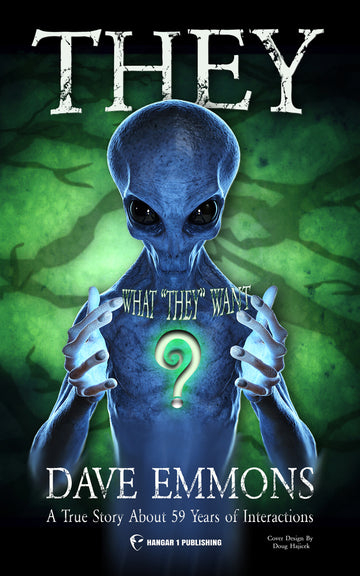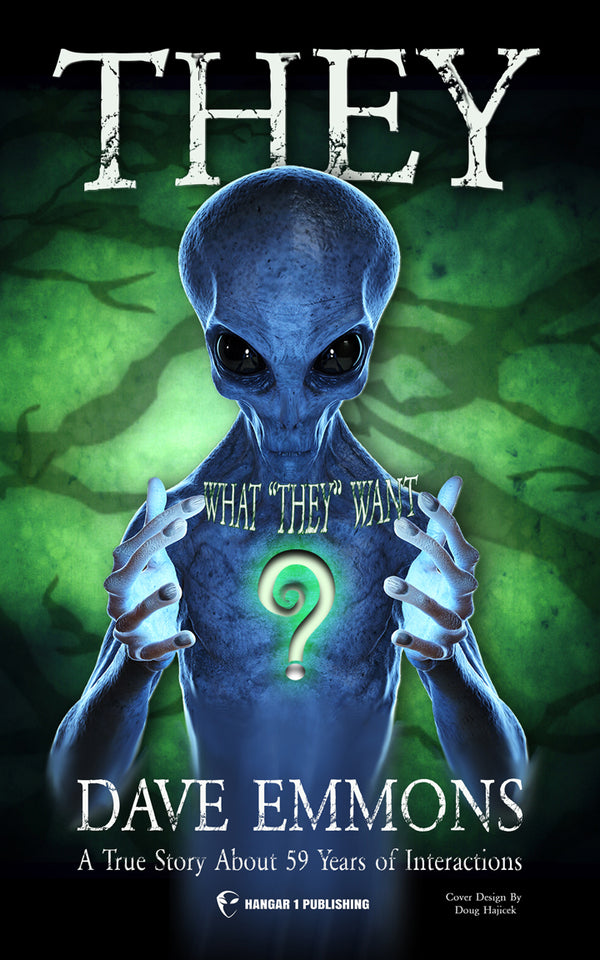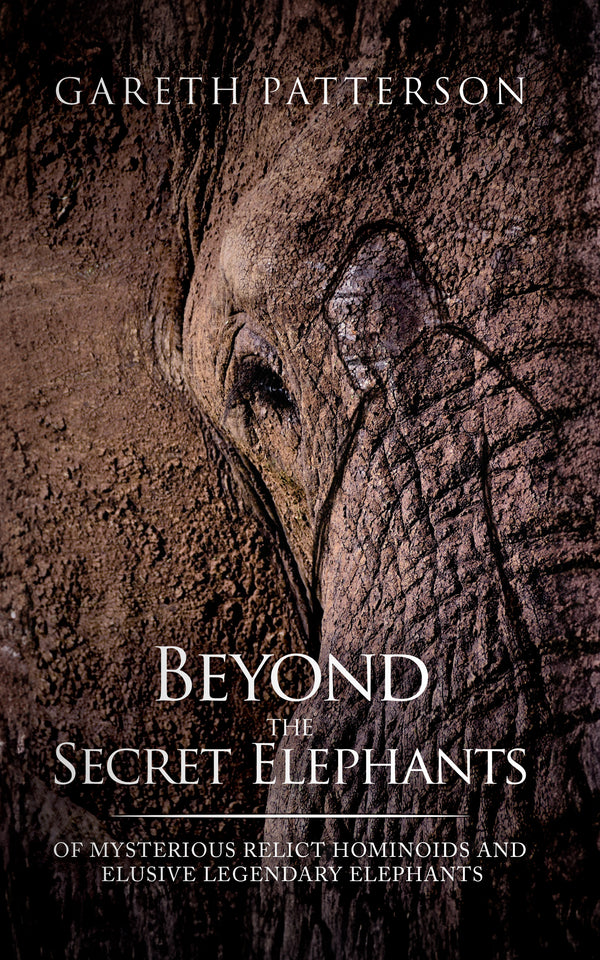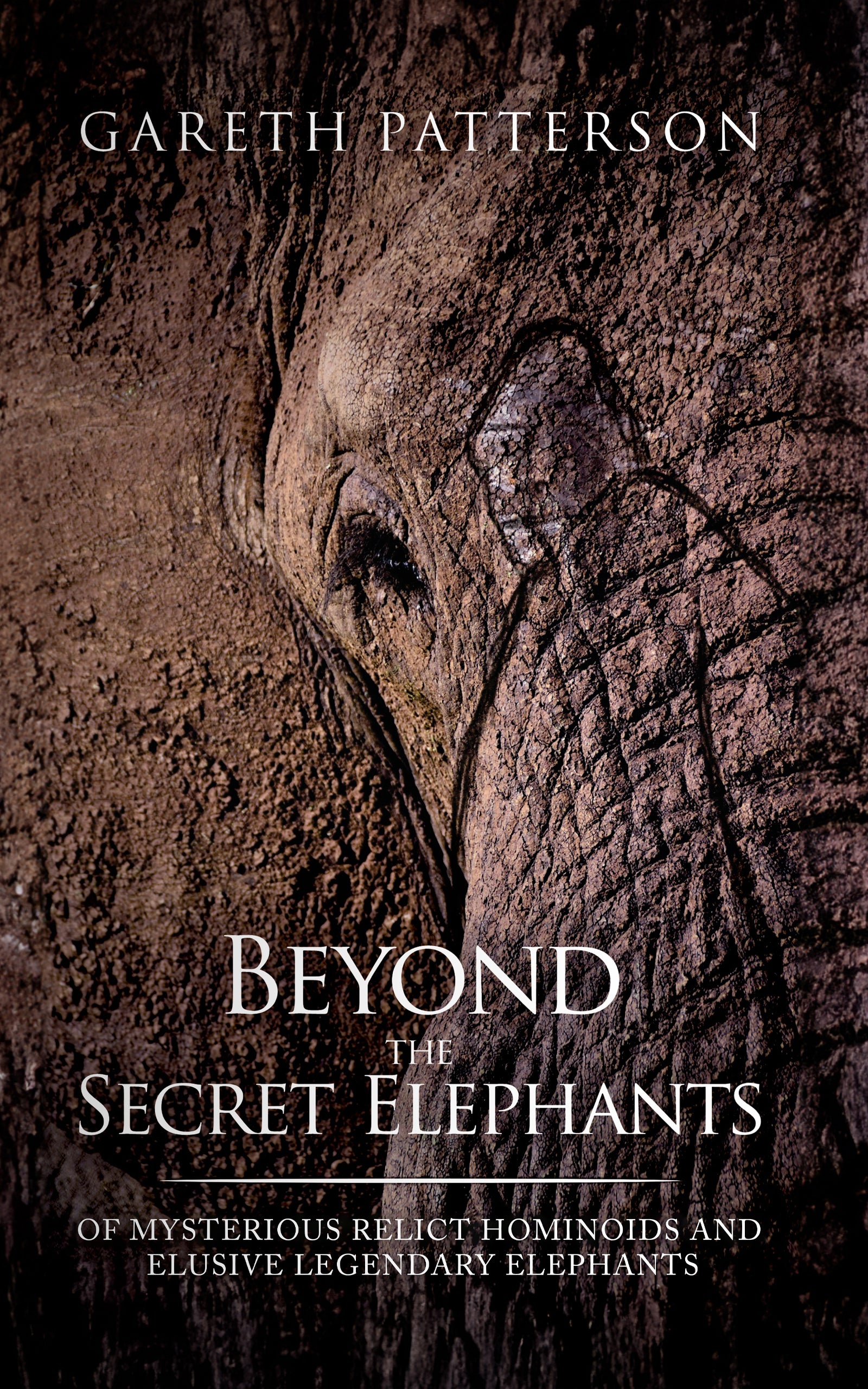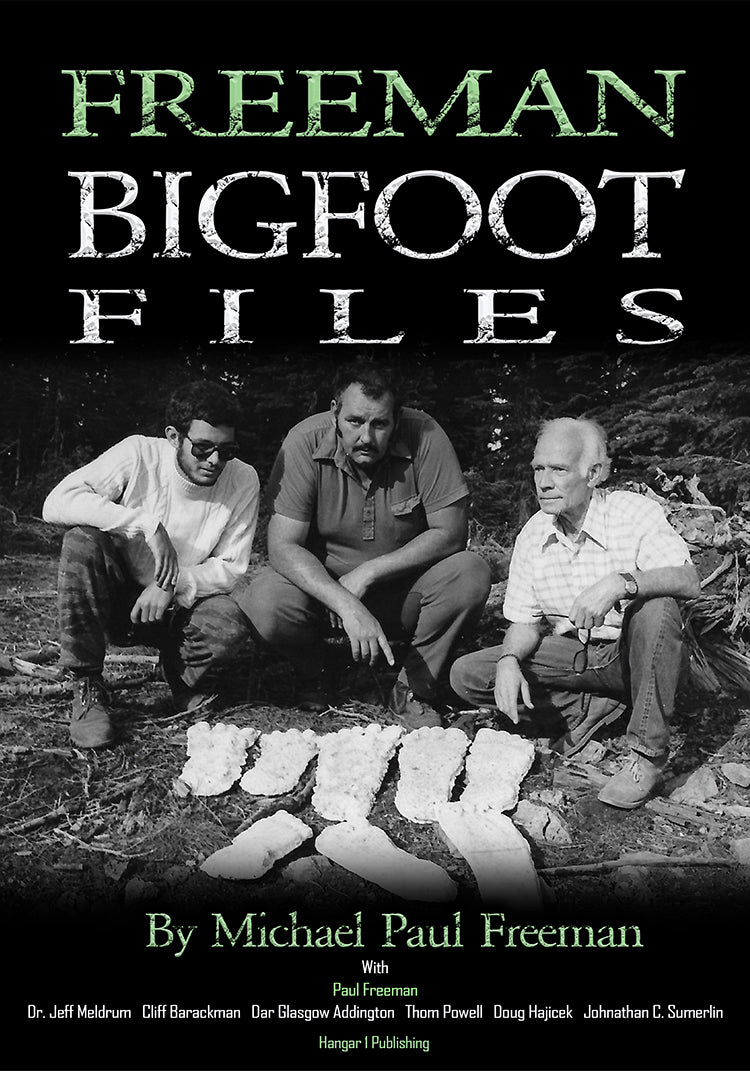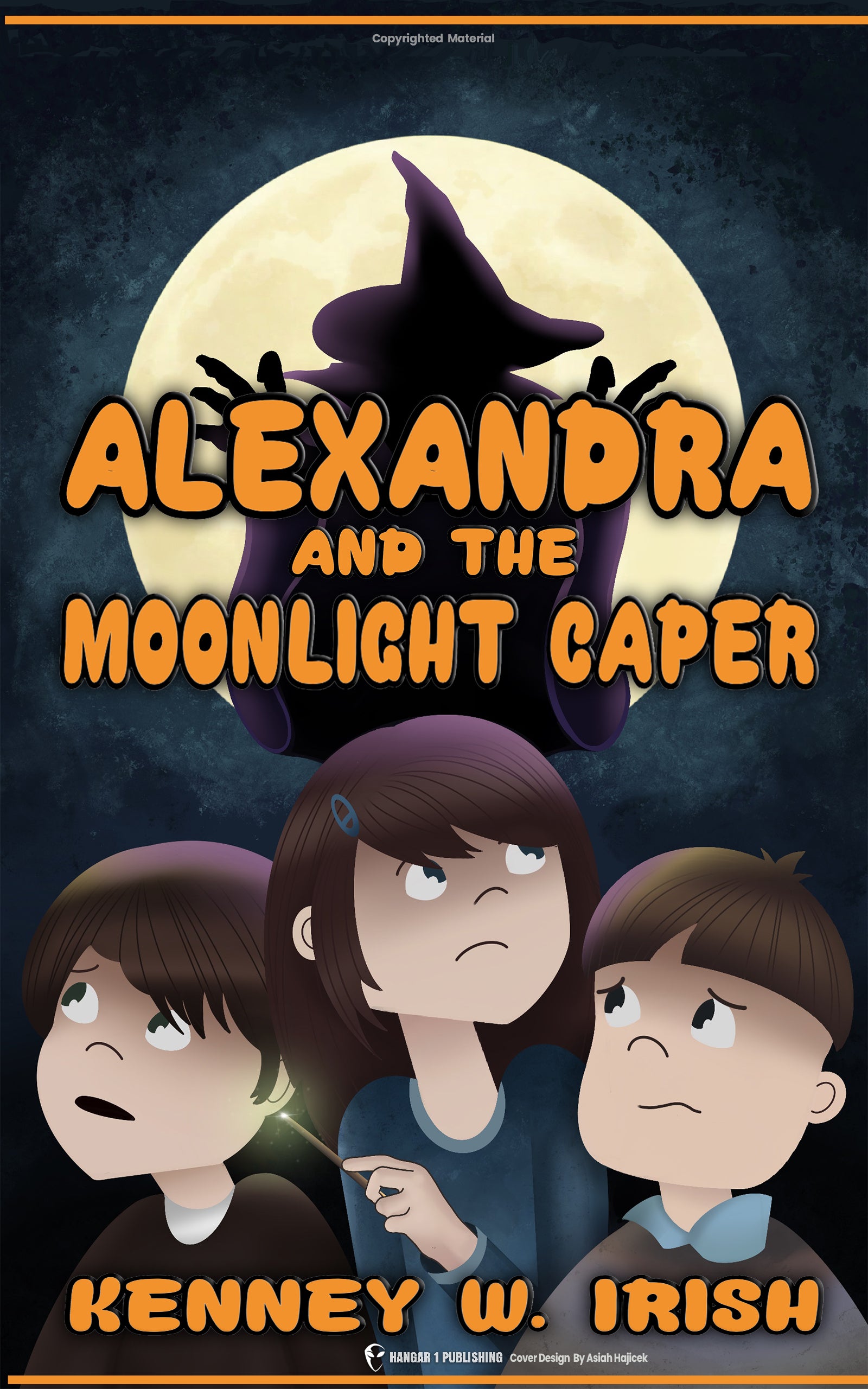Ancient Alien Artifacts: Proof or Propaganda?

By Elaine Westfield, Ufologist
The stone chamber was perfectly silent as I held the light closer to examine the curious markings. After years of studying reports of extraterrestrial encounters, I found myself face-to-face with what some consider the ultimate evidence - ancient artifacts allegedly showing alien contact thousands of years ago. Are these genuine proof of visitors from beyond our world, or elaborate misinterpretations of human creativity?
This question lies at the heart of one of archaeology's most contentious debates. On one side stand proponents who believe extraterrestrial beings visited Earth in the distant past, leaving behind technological marvels and influencing human development. On the other are scientists who see these same objects as remarkable human achievements or natural formations, systematically misinterpreted through a modern technological lens.
What makes this controversy so compelling isn't just the artifacts themselves, but what they represent: our eternal quest to understand our origins and place in the cosmos. The stakes couldn't be higher - are we alone in the universe, or have we been visited before? Has mainstream science overlooked crucial evidence, or has enthusiasm for the extraordinary clouded objective analysis?
The Birth of Ancient Astronaut Theory
The concept that aliens visited prehistoric Earth didn't emerge in a vacuum. While popularized in the late 1960s, its roots trace back to early science fiction and speculative works. H.P. Lovecraft's stories of ancient cosmic beings who visited primitive Earth laid creative groundwork later built upon by non-fiction writers claiming these visits actually happened.
The watershed moment came in 1968 when Erich von Däniken published "Chariots of the Gods?" This international bestseller proposed that numerous ancient monuments and artifacts resulted from extraterrestrial intervention rather than human ingenuity. Von Däniken pointed to structures like the Egyptian pyramids, the Nazca Lines, and Easter Island statues, asking how "primitive" humans could have created such marvels without advanced assistance.
His work sparked a revolution in alternative archaeology. Zecharia Sitchin soon followed with "The 12th Planet" (1976), offering his translations of Sumerian texts that supposedly described aliens called the Anunnaki who engineered human beings as a slave race to mine gold. Robert Temple's "The Sirius Mystery" (1976) claimed the African Dogon tribe possessed astronomical knowledge they could only have gained from visitors from the Sirius star system.
In more recent decades, Giorgio Tsoukalos has become the theory's most recognizable advocate through the History Channel series Ancient Aliens," which has run since 2009, expanding the audience for these ideas exponentially.
These theorists share a common framework: ancient texts describing gods should be read literally as accounts of extraterrestrial beings whose technology was misinterpreted as divine power by primitive humans. As Arthur C. Clarke famously observed, "Any sufficiently advanced technology is indistinguishable from magic."
The Evidence Cabinet: Examining Alleged Alien Artifacts
Proponents of ancient astronaut theory point to numerous objects they claim demonstrate extraterrestrial influence. Let's examine some of the most compelling examples:
The Antikythera Mechanism
Discovered in a shipwreck off Greece in 1901, this ancient device contains intricate gears that track celestial movements with astonishing precision. Dating to approximately 100 BCE, it's capable of predicting eclipses and tracking planetary positions through a differential gear system not seen again until the 14th century.
While ancient alien theorists suggest it represents technology beyond what ancient Greeks should have possessed, historians now recognize it as the pinnacle of Hellenistic astronomical knowledge, consistent with descriptions in texts by Archimedes and others. The mechanism remains genuinely impressive—but entirely within human capabilities.
King Tut's Meteorite Dagger
When Howard Carter opened Tutankhamun's tomb in 1922, he discovered an iron dagger with a gold hilt. Chemical analysis revealed the iron blade contains nickel consistent with meteoritic origin—iron from space, crafted centuries before Egypt's Iron Age.
Ancient astronaut proponents suggest alien gifting of advanced metallurgical knowledge, but archaeological evidence shows ancient Egyptians recognized and valued "iron from the sky" for its celestial origin. The dagger represents sophisticated metalworking of a rare material, but doesn't require extraterrestrial intervention to explain.
The Baghdad Battery
This clay jar containing copper and iron elements, discovered in Iraq and dating to the Parthian period (250 BCE-224 CE), could potentially generate a small electrical current when filled with an acidic liquid like vinegar. This has led to speculation about ancient knowledge of electricity long before modern understanding.
However, no wires, electrical devices, or written records of electricity use exist from this period. Most archaeologists believe it was likely used to store scrolls, with any electrochemical properties being coincidental rather than intentional.
The Saqqara Bird
Discovered in an Egyptian tomb dating to approximately 200 BCE, this wooden object resembles a modern airplane with wings and a vertical tail. Some claim it represents ancient flying machines or models of alien spacecraft.
Closer examination reveals it matches Egyptian artistic conventions for bird representations. While fascinating, experimental recreations show it lacks aerodynamic properties without significant modifications. The archaeological context places it among other bird figurines used in religious ceremonies.
The Nazca Lines
Stretching across the Peruvian desert, these enormous geoglyphs depicting animals, plants, and geometric shapes were created between 500 BCE and 500 CE. Their massive scale—some extending nearly 1,200 feet—has led to claims they were landing strips for alien spacecraft or signals visible only from the air.
Archaeological evidence indicates they were created for religious purposes related to water and fertility. Contrary to popular belief, the lines are visible from surrounding hills, not just from aircraft. Experimental recreations demonstrate how they could be created using simple tools and techniques available to the Nazca people.
Crystal Skulls
These quartz carvings, allegedly discovered in Mayan ruins, gained fame for their supposedly impossible craftsmanship. The Mitchell-Hedges skull, the most famous example, was claimed to be thousands of years old and carved against the natural crystal axis—something impossible without advanced tools.
Scientific analysis at the Smithsonian Institution revealed modern tool marks consistent with rotary wheels developed in the 19th century. Far from being ancient artifacts, all examined crystal skulls have been determined to be modern creations, likely manufactured in Germany in the late 1800s for the antiquities market.
The Piri Reis Map
This 1513 Ottoman map appears to show Antarctica centuries before its official discovery in 1820, and seemingly without ice cover—a condition that last existed millions of years ago. Some interpret this as evidence that aliens surveyed Earth and shared geographical knowledge with ancient peoples.
Historical analysis reveals the map combined existing sources, including Ptolemaic maps and those from Columbus. What appears to be Antarctica is likely a distorted representation of South America's coast or the hypothetical "Terra Australis" that cartographers believed must exist. The map contains numerous geographical errors consistent with 16th-century knowledge.
Scientific Analysis: What the Evidence Really Shows
When examining claimed ancient alien artifacts, scientists apply rigorous methodological standards including:
- Archaeological context: Was the artifact found in a controlled excavation or purchased on the antiquities market? Context provides crucial information about age and cultural association.
- Material analysis: Modern techniques like radiocarbon dating, X-ray fluorescence spectrometry, and metallurgical analysis can determine composition, age, and manufacturing methods.
- Historical consistency: Does the artifact fit within the known technological capabilities and stylistic patterns of its culture and time period?
- Alternative explanations: What conventional explanations might account for the artifact before considering extraordinary interventions?
When these standards are applied to alleged alien artifacts, patterns emerge:
Misidentified natural formations: The Baigong "pipes" in China, often cited as ancient plumbing, have been identified as fossilized tree roots and sediment formations through geological analysis.
Modern intrusions in ancient contexts: The famous "Wedge of Aiud" found alongside mastodon bones in Romania was identified as a modern machinery component, likely from excavation equipment used at the site.
Misinterpreted human artifacts: The "helicopter hieroglyphs" at Abydos, Egypt, which appear to show modern aircraft, resulted from overlapping inscriptions revealed through digital imaging analysis.
Outright hoaxes: Crystal skulls and various "out-of-place artifacts" have been definitively proven to be modern creations through scientific analysis.
Underestimated human capabilities: The most common pattern is simply underestimating what ancient humans could accomplish. Experimental archaeology has repeatedly demonstrated how monuments like Stonehenge, the Nazca Lines, and the pyramids could be constructed using period-appropriate technology and techniques.
The scientific analysis consistently points in one direction: while these artifacts remain impressive, they fall within the realm of human capability and imagination. No artifact examined under rigorous scientific conditions has required alien intervention to explain its existence.
The Psychology Behind Ancient Alien Beliefs
If the scientific evidence doesn't support ancient alien visitation, why do these theories remain so persistently appealing? The answer lies in human psychology and perception:
Pattern recognition gone awry: Humans excel at finding patterns—it's a crucial evolutionary adaptation. But this same ability leads us to see faces in random formations or interpret stick figures in cave art as spacemen. This phenomenon, called pareidolia, influences how we interpret ambiguous visual information.
Agency detection: We're predisposed to attribute events to intentional agents rather than random processes. This tendency, useful for survival when detecting predators, leads us to attribute complex phenomena to intelligent action rather than natural processes.
Confirmation bias: Once we consider a possibility, we tend to notice evidence that supports our belief while overlooking contradictory information. Someone convinced of ancient alien visitation will focus on unusual features of artifacts while dismissing conventional explanations.
Appeal to mystery: There's something emotionally satisfying about mysterious explanations over mundane ones. Ancient alien theories offer narrative excitement that conventional archaeological explanations might lack.
Knowledge gaps as opportunity: When information is incomplete, as it often is in archaeology, these gaps become opportunities for alternative explanations to flourish. The phrase "we can't explain how they built this, therefore aliens" exemplifies this thinking.
Modern technological lens: We interpret ancient objects through our modern understanding of technology. A stone carving resembling an astronaut seems significant to us because we live in the space age—ancient people would have had very different reference points.
Distrust of authority: For some, rejecting mainstream scientific explanations provides satisfaction, particularly when academic authorities are perceived as dismissive.
As psychologist Samuel Veissière notes: "The appeal lies partly in providing simple, comprehensive explanations for complex phenomena while making the believer feel special for having 'hidden knowledge' others don't possess."
Cultural Impact: Ancient Aliens as Modern Mythology
Whatever their scientific merit, ancient alien theories have profoundly influenced modern culture:
The History Channel's "Ancient Aliens" series has introduced millions to these concepts through its distinctive blend of genuine archaeological mysteries and speculative interpretation. Its format—presenting questions rather than making definitive claims—allows viewers to feel they're making their own judgments while subtly steering them toward extraterrestrial explanations.
In literature and film, these ideas have inspired countless works including "2001: A Space Odyssey," "Stargate," "Prometheus," and Marvel's "Eternals." The ancient alien narrative provides a ready-made framework for science fiction, blending historical mystery with futuristic speculation.
Tourism has been significantly impacted, with sites like the Nazca Lines, Egyptian pyramids, and Stonehenge attracting visitors specifically interested in their potential alien connections. Local economies sometimes benefit from this interest, creating economic incentives to maintain mysterious narratives.
The digital age has exponentially increased the spread of ancient alien theories through YouTube channels, websites, and social media groups. These platforms create communities where believers reinforce each other's interpretations while often isolating themselves from critical perspectives.
Ethical Concerns: The Dark Side of Ancient Alien Theories
Beyond scientific credibility, ancient alien theories raise serious ethical concerns about how we interpret human achievements:
Cultural appropriation: These theories often reinterpret indigenous knowledge and sacred narratives without respect for their cultural context or meaning. Complex religious symbols become simplified as "evidence" of alien technology.
Racial implications: There's an uncomfortable pattern in which non-European achievements are more frequently attributed to alien intervention. The Great Pyramid, Nazca Lines, and moai of Easter Island are regularly cited as "impossible" for their creators to have built, while Stonehenge—created by prehistoric Europeans—receives less alien attribution despite similar engineering challenges.
Diminishing human achievement: Perhaps most fundamentally, alien attribution robs ancient builders of recognition for their ingenuity and accomplishment. Rather than celebrating human creativity and problem-solving across cultures and time periods, it suggests our ancestors were incapable of their greatest works without external help.
As anthropologist Kathryn Denning observes: "When we attribute ancient achievements to aliens rather than to the people who actually created them, we're essentially writing those people out of their own history."
Genuine Archaeological Mysteries Worth Exploring
While evidence for ancient alien artifacts remains elusive, legitimate archaeological mysteries continue to challenge our understanding of the past:
Göbekli Tepe in Turkey features massive carved stone pillars dating to approximately 9600 BCE—predating agriculture and settled civilization as traditionally understood. It demonstrates complex social organization among hunter-gatherers that archaeology is still working to explain.
The Antikythera Mechanism remains a genuine technological marvel from antiquity, representing mathematical and astronomical knowledge that wasn't matched for centuries afterward.
Prehistoric cave art like that found at Lascaux and Chauvet (15,000-30,000 years old) shows sophisticated artistic techniques that reveal the depth of human creativity even in prehistoric times.
These mysteries invite legitimate scientific inquiry without requiring extraterrestrial explanations. They demonstrate that ancient humans were remarkably capable and innovative, developing sophisticated solutions with available resources.
Modern archaeological techniques continue to yield new discoveries. Lidar scanning has recently revealed previously unknown urban complexes in the Amazon, Mexico, and Cambodia. These findings demonstrate that significant archaeological revelations continue to emerge—but consistently within the framework of human cultural development rather than extraterrestrial intervention.
Conclusion: Between Evidence and Imagination
After examining alleged alien artifacts through archaeological, historical, and scientific lenses, a clear pattern emerges: these objects can be explained through human ingenuity, natural geological processes, or misinterpretation—no extraterrestrial intervention required.
This doesn't diminish what makes these artifacts fascinating. The Antikythera Mechanism remains an astonishing achievement of ancient engineering. The Great Pyramid still stands as a monument to remarkable human organization and innovation. The Nazca Lines continue to inspire wonder at their creators' vision and purpose.
Perhaps the most impressive discovery isn't alien technology but human ingenuity. From the pyramids to Stonehenge to countless other achievements, our ancestors demonstrated remarkable capabilities with materials and knowledge available to them. As we uncover and understand these achievements, we gain greater appreciation for human creativity across millennia.
The study of ancient artifacts—regardless of their origin—connects us with our past and helps us understand the long journey of human innovation. Whether made entirely by human hands or (however unlikely) with extraterrestrial assistance, these objects provide tangible links to those who came before us, inviting us to consider both their world and the universe beyond.
In the end, the search for ancient alien artifacts reflects our enduring curiosity about the cosmos and our place within it—a quest that continues to inspire scientific discovery, cultural expression, and wonder about what might still await discovery among the stars.
From Bigfoot to UFOs: Hangar 1 Publishing Has You Covered!
Explore Untold Stories: Venture into the world of UFOs, cryptids, Bigfoot, and beyond. Every story is a journey into the extraordinary.
Immersive Book Technology: Experience real videos, sights, and sounds within our books. Its not just reading; its an adventure.









